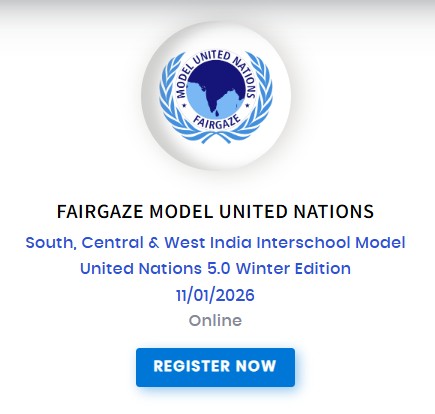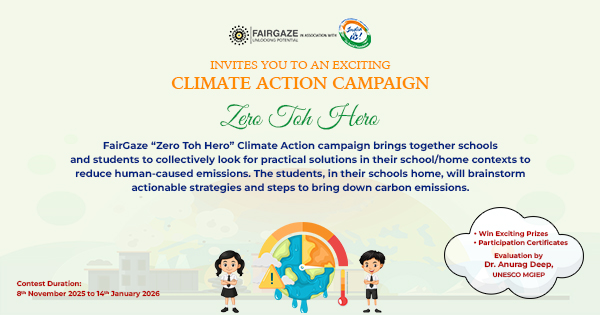
India After Independence
Editorials News | Aug-23-2021
India is the world's largest democracy. It is the only country in Asia that has remained democratic ever since it attained its independence from British rule. Many in the world were apprehensive of the success of democracy in India. Their belief was further strengthened when several countries in the region, including Pakistan, failed as democracies and chose an authoritarian and militarist path in its stead. After a long and difficult freedom struggle, India attained its independence from British rule in 1947. A new state of Pakistan was created with portions of Western and Eastern India, taken away from the Indian map.
In 1971, East Pakistan broke its ties with the Western wing and became the separate country of Bangladesh. The subcontinent, which was once a single country, was divided into three nations. Independence arrived in India not only with ‘multiplicity of heritages and legacies but also with the pangs of partition that caused the dislocation of populations on both sides. When India became independent in August 1947, it faced a series of very great challenges. As a result of Partition, 8 million refugees had come into the country from what was now Pakistan. India’s population in 1947 was large, almost 345 million. It was also divided. There were divisions between high castes and low castes, between the majority Hindu community and Indians who practiced other faiths. In its 72 years of independence, India has had several achievements to its credit. It has built a modern economy (second fastest growing economy), remained a democracy, lifted millions out of poverty, has become a space and nuclear power, and developed a robust foreign policy.
By: Anirudha Sharma
Government Senior Secondary School, Bopara
Related News
-
Nepal's Hydropower Projects
-
Improving Education in Nepal
-
Women's Empowerment in Nepal
-
Nepal's Agricultural Development
-
Advances in Russian Neuroscience: New Hope for Patients
-
Russian Scientists Discover New Gene Therapy Techniques
-
Russia's Biomedical Industry: Growing Innovations
-
History of Indigo Plantation in Colonial India
-
Diwali: Festival Of Lights Not Crackers
-
Impact of Social Media on the Culture
Most popular news
- The Law Of Equivalent Exchange
- Essay On Issues And Challenges Of Rural Development In India
- Srinivasa Ramanujan And His Inventions
- The Youth Is The Hope Of Our Future!
- Poverty In India: Facts, Causes, Effects And Solutions
- Top 20 Outdoor Games In India
- Festivals Of India: Unity In Diversity
- Role Of Women In Society
- The Impact Of Peer Pressure On Students' Academic Performance
- Books As Companion




